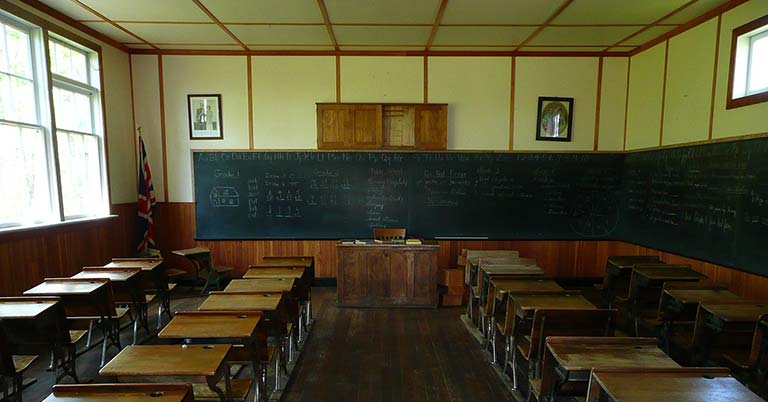hidden
We have over 20 years' of experience.

We have over 20 years' of experience.


By James
Category: Industry
In the United Kingdom, the legacy of asbestos in school buildings is a significant issue, with Reinforced Autoclaved Aerated Concrete (RAAC) adding another layer to this complex challenge. The presence of asbestos-containing materials (ACMs) in schools, and the potential risks associated with RAAC, raise serious concerns about the safety and wellbeing of students, teachers, and staff.
Asbestos was widely used in building materials in the UK from the 1950s to the late 1990s due to its heat resistance, insulation properties, and durability. It's estimated that a large proportion of school buildings, particularly those built before 2000, contain asbestos. This is a cause for concern because, when ACMs are disturbed or deteriorate over time, they can release harmful asbestos fibres into the air.
The health risks associated with asbestos exposure are well-documented. Inhaling asbestos fibres can lead to serious diseases such as mesothelioma, lung cancer, and asbestosis, which may not develop until years after exposure. The potential for exposure in schools, where young and developing lungs are involved, makes it an especially pressing issue.
RAAC, a form of concrete that was used in construction from the 1960s to the 1980s, poses its own risks. While not containing asbestos itself, RAAC can deteriorate and become structurally unsound over time, potentially leading to sudden and catastrophic building failures. The ageing of RAAC in school buildings, therefore, necessitates vigilant monitoring and assessment to ensure structural integrity.
The management of asbestos in UK schools is governed by strict regulations. The Control of Asbestos Regulations 2012 requires schools to manage asbestos effectively, which includes maintaining an up-to-date asbestos register, conducting regular inspections of ACMs, and ensuring that any work involving asbestos is carried out by licensed professionals.
However, managing asbestos in schools is not without challenges. Firstly, many schools struggle with funding and resources to conduct thorough asbestos surveys and carry out necessary remediation or removal works. Secondly, as schools are dynamic environments, the risk of disturbing asbestos inadvertently is higher, especially during maintenance works or building modifications.
For buildings constructed with RAAC panels, the situation is equally complex. While the government has issued guidance on monitoring and maintaining RAAC structures, the same challenges of funding, expertise, and awareness apply. The potential for catastrophic failure in RAAC structures calls for a proactive approach to monitoring their condition, which may be a significant burden for school administrations.
The presence of asbestos and the concerns over RAAC structures can have a profound impact on school communities. Parents, teachers, and staff might feel anxious about the potential health risks, and this can lead to a lack of trust in the school's ability to provide a safe learning environment. Moreover, the discovery of asbestos or issues with RAAC may lead to school closures or costly and disruptive remediation works.
To address these concerns, several steps can be taken:
The presence of asbestos and RAAC in UK schools is a legacy issue that requires ongoing attention and resources. The health risks associated with asbestos exposure and the structural concerns posed by ageing RAAC necessitate a robust and proactive approach to management. By increasing funding, enhancing education and training, maintaining regular inspections, communicating transparently, and developing long-term strategies, the safety of school environments can be significantly improved, ensuring the wellbeing of current and future generations of students and staff.
If you harbour worries regarding asbestos in your school or educational institution, feel free to reach out to us. Our skilled team is prepared to furnish a prompt, obligation-free quote customised to meet your specific needs. Your safety holds utmost importance to us, and we are committed to aiding you in the efficient management of asbestos within your school premises.
Feel free to get in touch with us; we're eager to receive your input and offer any guidance you may require. Rest assured, any information you provide will be treated with the utmost confidentiality and will not be shared with any third parties..
Read More